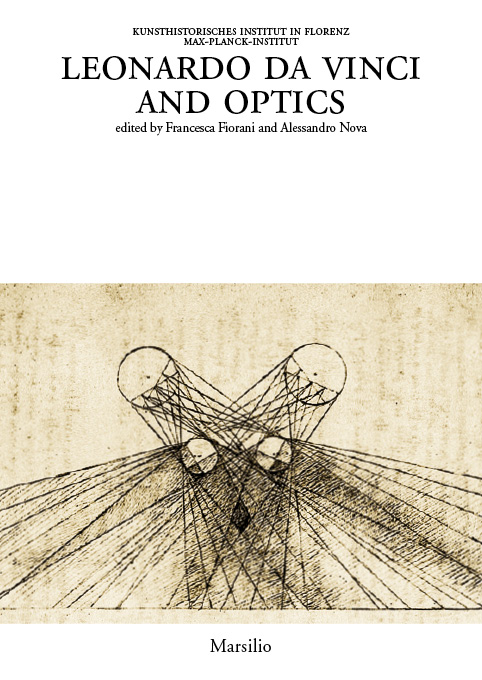This volume originated at a conference on Leonardo da Vinci's optical theory held at the Kunsthistorisches Institut in Florenz, 26-28 May 2010, and the initial roster of papers was soon expanded to include additional essays on recent restorations and technical analysis of Leonardo's paintings. As a result, fourteen authors consider the role of optics in Leonardo's thought and art from the point of view of ancient rhetoric, ophthalmology, philosophy, painting practice and modern technical analysis. Art historians, conservators, restorers, philosophers and historians of science return to revered aspects of Leonardo's optics. Some reexamine his use of earlier sources, others his practice of optics, and other still his painting techniques, terminology, theory and legacy. The authors mix disciplines and clarify matters of chronology and interpretation but their main aim is to interrogate the intersection between optical theory and painting practice-literally how Leonardo translated one into the other. By gathering such a diverse array of essays and methodological approaches this volume wishes to facilitate future systematic consideration of how Leonardo translated his optical theory into painting and drawing techniques and, vice versa, how his painting practice inspired his optical investigations. The Kunsthistorisches Institut in Florenz is one of the oldest research institutions dedicated to the History of Art and Architecture in Italy, where aspects of European, Mediterranean and global history are investigated. Founded in 1897 on the private initiative of a group of independent scholars, it has been under the auspices of the Max Planck Society since 2002. Approximately sixty scholars are currently employed at the Institute, which is run by two directors, and the promotion of international young scientists and academics is high on its internal agenda. In addition to numerous individual research projects, those funded by third parties and a multiplicity of international collaboration with universities, museums and research institutes, the Kunsthistorisches Institut in Florenz provides a platform for larger long- and medium-term projects whose subject matter ranges from Late Antiquity to the Modern Age. This volume contains essays by Janis Bell, Roberto Bellucci, Frank Fehrenbach, Francesca Fiorani, Fabio Frosini, Cecilia Frosinini, Pietro C. Marani, Romano Nanni, Alessandro Nova, Cinzia Pasquali, Dominique Raynaud, David Summers, Elizabeth Walmsley, Frank Zöllner
